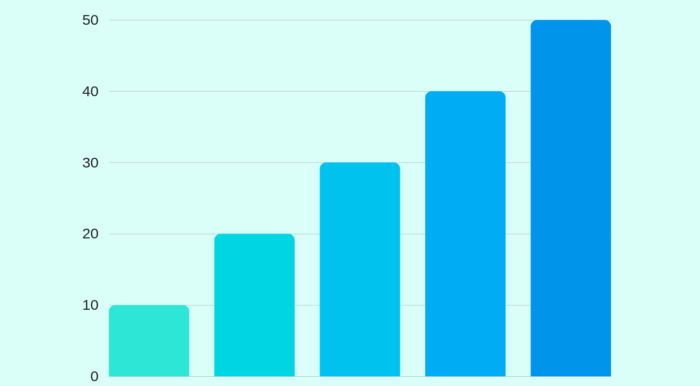What is Reverse Image Search?
Reverse image search (and reverse photo search) is one of those hard-to-place search methods with a lot of marketers wondering why their audience search for specific images. Several sites and search engines have popped up to fill the demand for image search with major players the likes of Google Images, TinEye, eBay, SK Planet, Pixsy and Pinterest. With such a high demand and a growing competition, we look at why people are using reverse image search or content-based image retrieval (CBIR).
Finding Original Sources
With the proliferation of blogs and other websites finding the original source can be difficult. A screenshot of a blog post can find its way to social media and news outlets with the original context often lost in the broken telephone chain. Users can use an image and reverse search their way to the source to find out who the original creator may be. This can be helpful for several reasons, maybe you want to collaborate with the creator or reach out them for a guest post. Whatever the reason, performing a reverse image search is an invaluable resource.
Tracking Your Infographic Spread
One of the go-to campaign decisions any digital marketing strategy is to use your data and create an interesting infographic. By presenting the data in a fun and intriguing way it makes the content much easier to share and hopefully build up a buzz.
However, with dark shares via social media and other sites using your infographic for their own posts, it can be difficult to see where and how your infographic is performing. A reverse image search will bring up all the instances of where your infographic is used. This makes it easier to see how big a splash you’ve made and possibly seek a credit.
Getting Past the Crop
Cropping an image is popular for several reasons. It can draw in on what you want the viewer to focus on, create emphasis or just be more aesthetically pleasing. However, you see a cropped image of a football tackle and want to know what match it comes from. A CBIR will return all instances of that image and help you find the bigger picture.
Copyright and Getting Links
Copyright is a hot button topic in today’s day and age with internet users not above using somebody else’s work as their own. One way of protecting your work or at least asking for the link is to use a CBIR to see which URLs are using your image without your consent. Once you have an idea, send them a friendly email asking them to stop using the image or at least credit you on it. Most sites who are guilty of copyright infringement are unaware they are doing so.
Searching for Similar Content
Searching for the perfect image for your blog can be difficult with words and phrases alone. Often you’ll find the perfect image by using an inspirational image and reverse searching it to see what similar images may look like. These can be similar images with different actions, angles or resolutions.
Locate Your Dream Home
Finding your dream home can be tricky. Not all listings are stored in the same place and finding all the properties in a particular area can be tricky. One out of the box approach is to search for a house in your desired location using google images. Once you’ve got you’re a few homes in mind, search them using a CBIR to see if they come upon any property websites.
Find the Perfect Gift
Imagine you see the perfect top for your Summer holiday or the perfect gift for your mate’s birthday. Using reverse image searching on products can bring you directly to the seller and save you trawling through thousands of products in the hopes of finding that hilariously bad Christmas jumper.
Recipes Research
Similar to looking for a product, you may come across a delicious-looking dish that would be perfect for your next dinner party. Reverse image searching can help you find the source without trying a combination of words. No more guessing the ingredients like a game of battleships. Find what you need instantly with a CBIR.
Figure Out a Famous Face
Have you ever experienced that moment where you can picture a famous face but not the name? Every pub quiz is full of people berating themselves as they snap their fingers and try to remember who that actor was in some obscure 90’s film. With CBIRs like Google Image, you can easily find the name on the tip of your tongue.
Debunk Myths and Fake News
In today’s day and age, the internet is awash with opinions, both good and bad. In extreme cases; posts, articles and blogs can border on defamatory or dangerous. One way of fighting misinformation is to take inaccurately used images and find their source. Calling out the publisher on using an image in the wrong context can be one of the easiest ways to get the post taken down.
The old adage; ‘A picture speaks a thousand words’ has never been more relevant as reverse image search becomes an ever more useful tool for internet users. Understanding how to optimise images for search is a must for any SEO team. At Fifteen, we’ve managed countless campaigns and seen the benefits of optimising images, so the next time you pick an image, be sure to consider what your audience might use it for.



